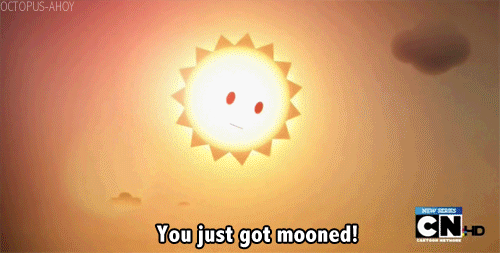
As far as rare natural phenomena go, the total eclipse is probably in the Top 5 Most Mystical. It's time to grab your protective goggles, glasses, cardboard box contraptions, and whatever else you need, as tomorrow millions of heads will collectively turn up to the sky to witness an epic battle between the sun and the moon. Who will be the victor (let's hope the sun—it usually comes back) of the first eclipse visible from the contiguous United States since 1979? It promises to be an event to remember.
Popular opinion on the subject ranges from totally disinterested to downright fanatical. If you're like me, you probably felt mildly ambivalent about the whole thing until recently. Or, if you're an umbraphile—literally shadow chaser—you travel the globe to see every single predicted eclipse no matter the distance, obstacle or weather. Speak with one of them and they'll describe a sight unlike any other.
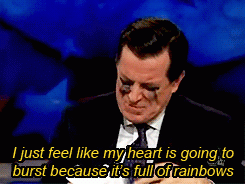
For the most part, since humans have begun walking the earth, we've looked up at the cosmos and wondered what was going on up there. To this day we still look up and and wonder what’s going on up there.
So let's kick off this celestial ceremony with a little music:
Although today we fully understand the science behind an eclipse, their magic is undeniable and has therefore enthralled artists and scientists alike for centuries on end. So, in honor of this special day, let's resurrect the age-old science vs. art debate to explore some of our favorite artclipses throughout history and how they evolved as time has progressed.
Elevation of the Cross by Peter Paul Rubens at the Cathedral of Our Lady
Painting a scene that you want to make instantly more macabre? Put an eclipse on it! Renaissance artists utilized this tactic for making ultra dramatic biblical scenes that much more ominous. They felt that the lighting produced by the eclipse provided the perfect amount of drama. This one by Rubens presents a tiny eclipse in progress in the top right corner. It’s so small you may almost miss it if you don’t know it’s there, but the light that it produces sets a dark tone for the entire painting.
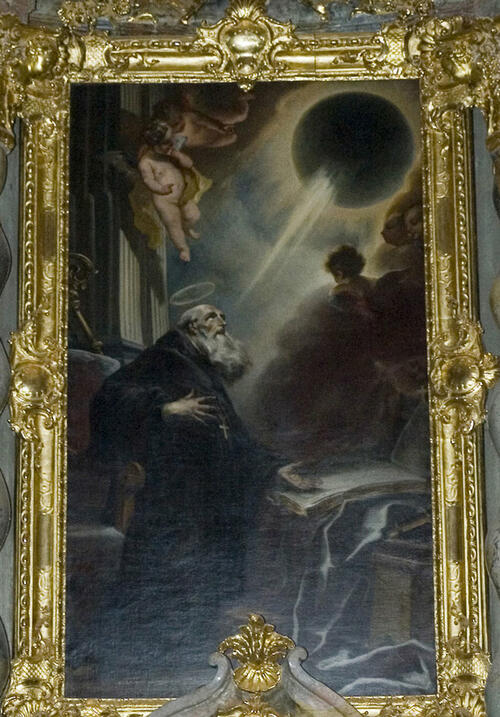
Vision of St. Benedict by Cosmas Damian Asam in Weltenburg Abbey
Fast forward over 100 years and a little known painter creates what is thought to be the very first scientifically accurate depiction of a solar eclipse in art. Again, it's used here to convey a certain religious effect. It looks less like an eclipse and more like some sort of otherworldly light beaming down from the heavens, but in fact, Asam was one of the first ones to actually get it right. Astronomers today are pretty much convinced that he witnessed multiple eclipses firsthand, as life pre-photography would require him to recall every detail of the eclipse from memory in order to paint it with such accuracy. Can you say impressive?
Even after the advent of photography, scientists still felt that the low quality of the photos couldn't fully capture the complex light and celestial splendor of the eclipse. This was before DSLRs and super high-resolution, after all. They turned to artists for the answer—something that doesn't happen everyday.
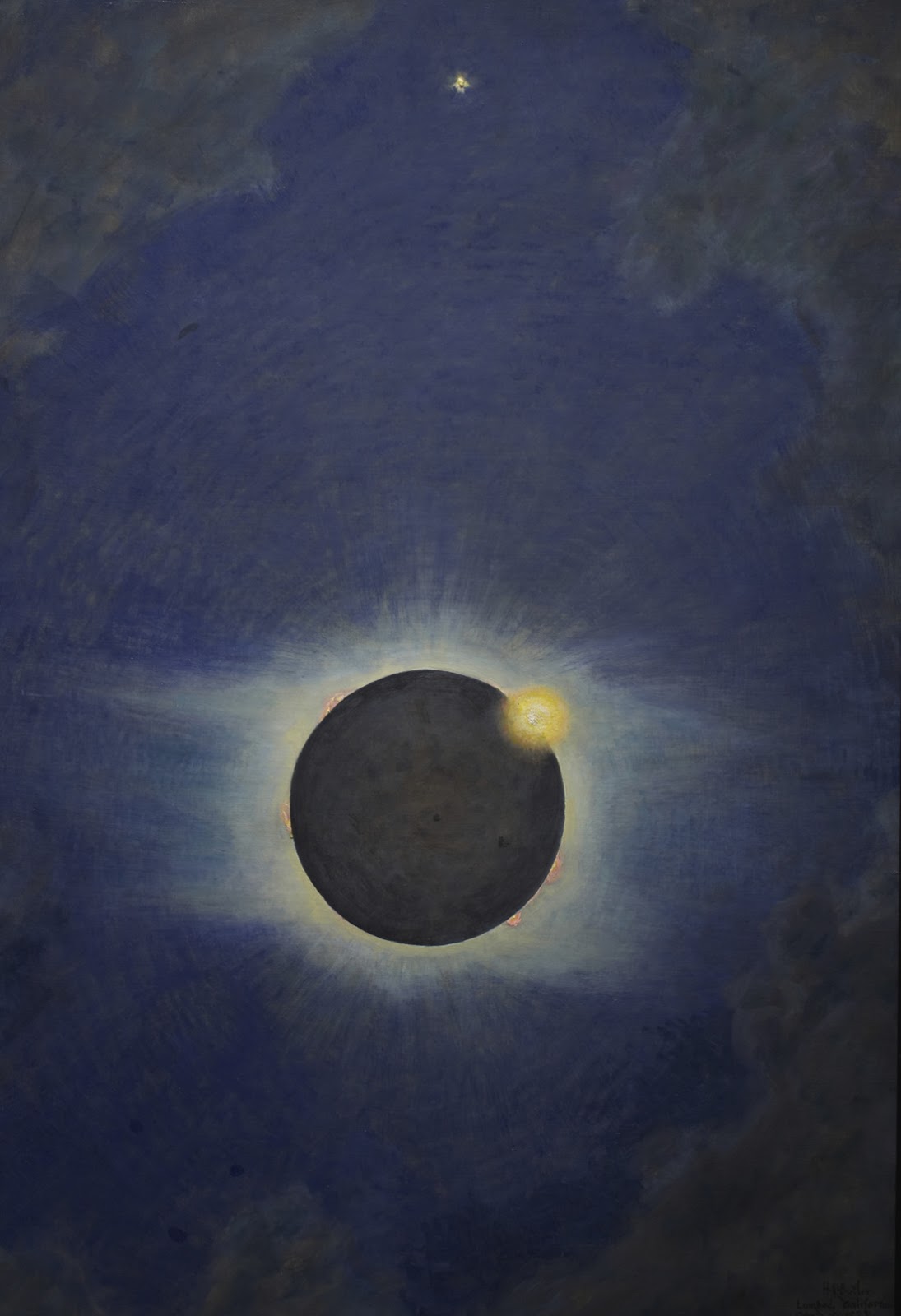
1923 Eclipse by Howard Russell Butler at the Princeton University Art Museum
Specifically, they turned to Howard Russell Butler: an American artist, physicist, lawyer and engineer who spent the better half of the late 19th century honing his artistic skill. Famous for painting strikingly realistic landscapes and portraits, Butler was in his wheelhouse when astronomers Samuel Alfred Mitchell and Edward D. Adams asked him to capture the 1918 solar eclipse. And boy did he capture it.
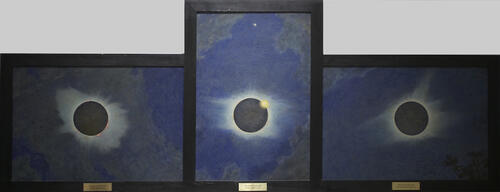
Triptych (eclipses left to right 1918, 1923, 1925) by Howard Russell Butler at the Princeton University Art Museum
Although he usually spent multiple days with his sitters, for this project he promptly put his short 112 seconds to good use, taking very quick shorthand notes on color, light, tone, and size. With this information fresh in his mind he painted the eclipse in all its fiery glory. The astronomers were stupefied; they described Butler's painting as an exact representation of what they had seen unfolding in the sky.
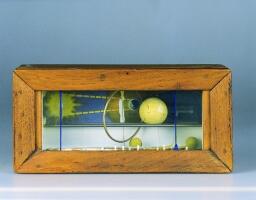
Earth Eclipse by Joseph Cornell at the Israel Museum
Famous for his collage-style shadow boxes filled with found objects, Surrealist artist Joseph Cornell often took to celestial imagery to convey what he saw in his head. He made this box during a phase in his career when he was creating work involving imagery from outer space. Unlike Butler, he was not attracted to eclipses for their scientific value, but rather because of their aesthetics and the belief, held by German astronomer Johannes Kepler, that the force that moves the planets is their souls. How very Surrealist of him.
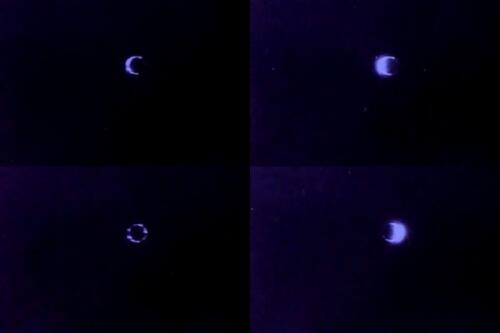
Still from Rose Hobart by Joseph Cornell
In 1936, Cornell forayed into filmmaking with a nineteen minute experimental collage film, Rose Hobart. He named the project after the lead actress of a well-known feature film, East of Borneo. The project was composed of scenes from the original film spliced together with with footage of a solar eclipse taken from a documentary. He projected the film through a piece of blue glass during the first screening at a popular art gallery. Mid-way through the film Salvador Dalí allegedly knocked over the projector in a fit of rage, claiming that Cornell "plagiarized the idea from his subconscious."
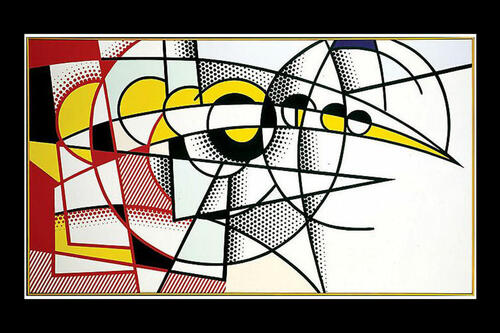
Eclipse of the Sun by Roy Lichtenstein, Estate of Roy Lichtenstein
This is a far cry from your typical Lichtenstein. Even the icon of Pop (not Michael Jackson) took a break from his revered comic book panels to hop aboard the eclipse train. In his two Eclipse of the Sun panels, he mimics a Cubist/Futurist style to poke fun at their obsession with the sun as a metaphor. He portrays an entirely unscientific eclipse, focusing on the pure movement and feeling of the event.
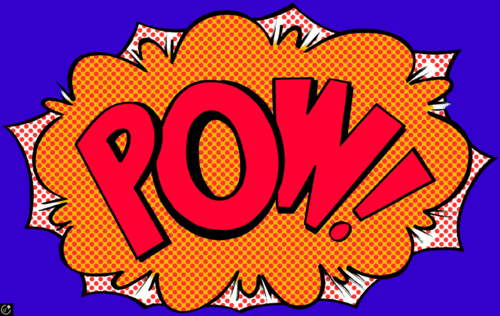
In case you, like me, are a bit sad about not being able to see a total eclipse on Monday, it probably won’t be comforting to hear that, for a few lucky cruise ship passengers, a rare star will align with a rare astronomical event. Bonnie Tyler has reportedly agreed to belt out her 1983 banger Total Eclipse of the Heart for the entire 2 minutes and 40 seconds that the world is plunged into darkness—an experience that will surely be almost as strange and indescribable as the ballad's music video.
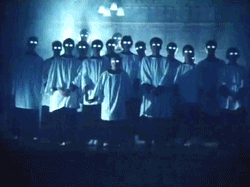
Seriously, wtf?
Happy eclipse viewing, everyone!
By Rose









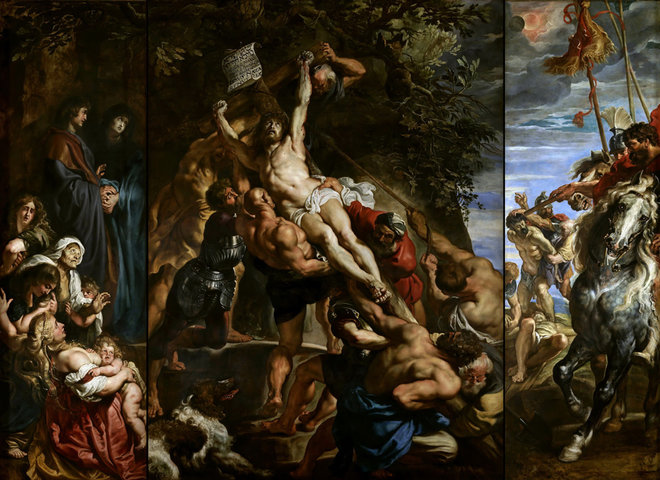

Oh man, I went to an amateur astronomy class yesterday and it was amazing! Highly recommend!